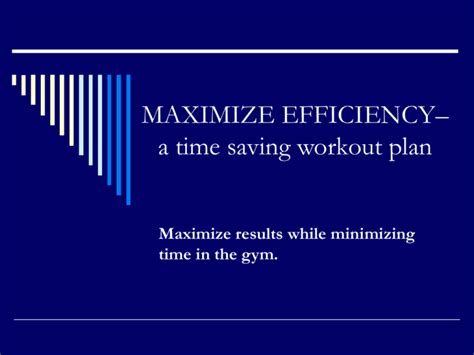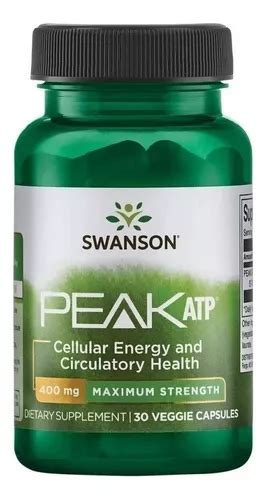How to optimize strength training for peak muscle gains and elite performance?

Unlocking Your Full Potential: The Science of Optimized Strength Training
Moving beyond simply lifting weights, optimizing strength training for peak muscle gains and elite performance requires a nuanced understanding of scientific principles, meticulous planning, and unwavering dedication. This isn’t just about getting stronger; it’s about systematically pushing your body’s adaptive limits to maximize hypertrophy, enhance power, and improve overall athletic prowess. Whether your goal is to dominate on the field, hoist record-breaking weights, or sculpt an impressive physique, a strategic approach is paramount.

Foundational Principles for Superior Gains
Progressive Overload: The Non-Negotiable Driver
At the core of all effective strength training lies progressive overload. Your muscles will only grow and adapt if they are consistently challenged beyond their current capabilities. This can manifest in various ways: increasing the weight, performing more repetitions or sets, reducing rest times, improving exercise form, increasing training frequency, or even enhancing time under tension. Without consistently applying progressive overload, plateaus are inevitable. Tracking your workouts meticulously is crucial to ensure you are continually challenging yourself.
Specificity and Exercise Selection
The principle of specificity dictates that your training should directly reflect your goals. If your aim is maximal strength, prioritize compound movements like squats, deadlifts, and bench presses, trained with heavy loads. For hypertrophy, a mix of compound and isolation exercises across various rep ranges is effective. Elite performance often requires integrating sport-specific movements, plyometrics, and power training alongside foundational strength work.
Volume and Intensity: Finding Your Sweet Spot
Volume (total sets x reps x weight) and intensity (percentage of your one-rep max, RPE) are critical variables. For hypertrophy, a moderate-to-high volume (10-20 working sets per muscle group per week) performed at a moderate intensity (6-12 reps per set, close to failure) is generally effective. For strength, lower reps (1-5) at higher intensities (80%+ of 1RM) are key. Balancing these to avoid overtraining while still providing sufficient stimulus is an art that evolves with your training experience.
Advanced Programming Strategies for Peak Performance
The Power of Periodization
Periodization involves systematically varying your training variables (volume, intensity, exercise selection) over planned cycles to prevent plateaus, manage fatigue, and optimize performance peaks. Common models include linear periodization (gradual increase in intensity, decrease in volume), undulating periodization (daily or weekly variations), and block periodization (focusing on specific adaptations in blocks). Implementing a periodized plan allows for strategic progression and recovery, leading to more sustainable long-term gains.

Strategic Deloading and Recovery Weeks
Planned deloads are essential for preventing overtraining, allowing your central nervous system to recover, and repairing muscle tissue. A typical deload involves reducing volume, intensity, or both for a week every 4-8 weeks, depending on your training intensity and individual recovery capacity. This strategic break can often lead to a resurgence in strength and performance in subsequent training blocks.
Optimizing Rep Ranges and Tempo
While 6-12 reps are often cited for hypertrophy, varying rep ranges can stimulate different muscle fibers and growth pathways. Incorporating sets of 1-5 reps for strength and 12-20+ reps for muscular endurance and metabolic stress can provide a more comprehensive stimulus. Manipulating tempo (the speed of each phase of a lift – eccentric, isometric, concentric) can also increase time under tension, enhancing muscle damage and metabolic stress, both drivers of hypertrophy.
Fueling and Recovering for Elite Results
Precision Nutrition: The Anabolic Engine
Optimal nutrition is non-negotiable for muscle growth and performance. A caloric surplus is generally required for hypertrophy, while adequate protein intake (1.6-2.2g per kg of body weight) is crucial for muscle repair and synthesis. Carbohydrates are your primary fuel source for high-intensity training and replenishment of glycogen stores, while healthy fats support hormone production and overall health. Timing of macronutrients, especially around workouts, can further optimize recovery and adaptation.

Sleep and Stress Management: The Ultimate Recovery Tools
Muscle growth and repair primarily occur during rest, making quality sleep paramount. Aim for 7-9 hours of uninterrupted sleep per night. Chronic stress, whether from training or life, elevates cortisol levels, which can hinder recovery and muscle growth. Incorporating stress-reducing practices like mindfulness, meditation, or light activity can significantly aid in recovery and overall well-being.
Hydration and Supplementation
Staying adequately hydrated is crucial for performance, nutrient transport, and joint health. While a whole-foods diet should be the foundation, certain supplements like creatine monohydrate, whey protein, and caffeine have strong scientific backing to support muscle growth, strength, and performance. Always research and choose supplements wisely, focusing on those with proven efficacy.
Monitoring, Adapting, and Sustaining Progress
Tracking Your Progress Consistently
Logging your workouts is invaluable. Record exercises, sets, reps, weights, RPE, and even how you felt on a given day. This data allows you to objectively assess progress, identify patterns, and make informed adjustments to your program. Without tracking, optimizing is largely guesswork.

Listening to Your Body and Adapting
While a structured plan is vital, flexibility is equally important. Learn to distinguish between muscle soreness and true pain. If you’re consistently overly fatigued, experiencing joint pain, or seeing a drop in performance, it’s a sign to reassess your volume, intensity, or recovery strategies. Overtraining can be detrimental to both gains and overall health.
Conclusion: A Holistic Approach to Strength Optimization
Optimizing strength training for peak muscle gains and elite performance is not a singular action but a symphony of interconnected variables. It requires a deep understanding of progressive overload, intelligent periodized programming, precise nutrition, dedicated recovery, and an ongoing commitment to monitoring and adaptation. By meticulously managing these factors, you can unlock your body’s full potential, consistently push boundaries, and achieve truly elite results in your strength and physique endeavors.








